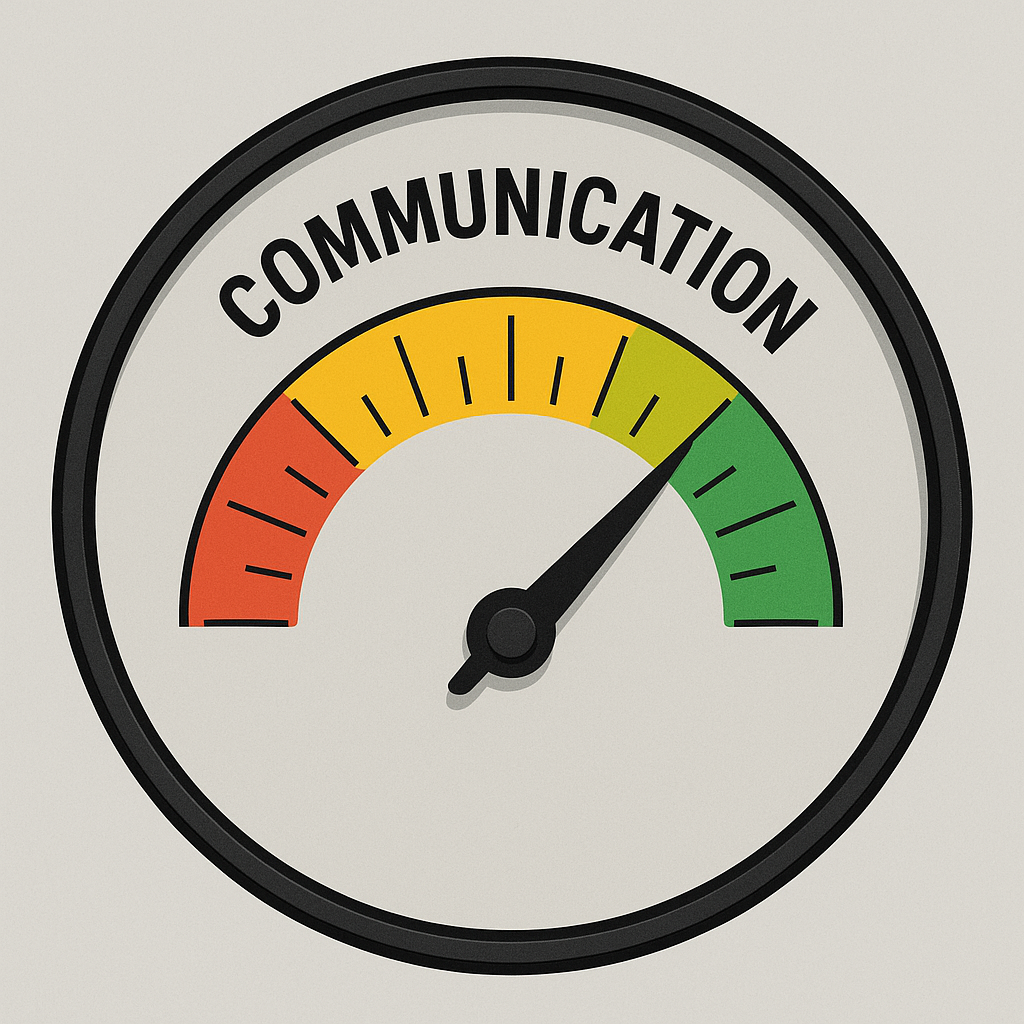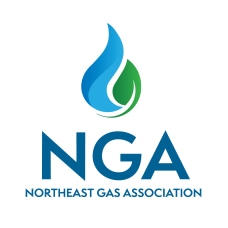PSMS Lessons Learned - Constant Communication During Gas Pipeline Pressure Testing - March 2025
Constant Communication During Gas Pipeline Pressure Testing - Lapses can lead to disaster.

Constant communication during gas pipeline pressure testing is vital for:
- Safety: Keeps teams aware of test status and hazards, enabling quick response to issues like leaks.
- Monitoring: Ensures real-time pressure updates, preventing undetected failures.
- Coordination: Syncs actions to avoid errors.
- Emergencies: Speeds up reaction to failures, like ruptures, minimizing risks.
- Compliance: Meets regulatory standards with clear, ongoing updates.
Description of Event:
- A second-party contractor completing a main replacement project installed new 8-inch plastic gas main and reported a successful pressure test. The project continued main installation of 4-inch plastic down side streets, connecting to the original installation. The entire installation was pressure tested again, which indicated a failure due to a loss of 16 PSIG. The crew responded to the failed test by checking seventeen (17) locations, and fixing seven (7) by greasing valves and applying thread sealing compound to plugs. At the direction of a Supervisor, a third pressure test was performed, but for half of the duration required, with no loss of pressure observed.
- The contractor proceeded with the main connection and gassed in the new main. Six days later, an odor was reported by a member of the public which resulted in Gas Field Ops (GFO) performing a leak investigation. The GFO crew identified a leak on the new 8-inch Plastic gas main. The section of pipe was cut out and sent to the lab for analysis which indicated the damage was caused by a fine-tooth reciprocating saw blade.
Root Cause(s):
- Primary Causal Factor: Damage caused by reciprocating saw not identified by crew during pre-installation pipe inspection.
- Root Cause: Management System – Standards, Policies, Admin, Controls (SPAC) Not Used – Accountability Needs Improvement (NI)
- Causal Factor: Damaged pipe not identified in pressure test.
- Root Cause: Human Engineering – Human Machine Interface – Displays NI
- Causal Factor: Subsequent pressure test not performed for the duration required.
- Root Cause: Management System – SPAC Not Used – Enforcement NI
- Root Cause: Work Direction – Supervision during work – Crew Teamwork NI
Key Corrective Actions:
- Communicate expectations across regional GFO yards for what a thorough inspection of a pipe consists of.
- Evaluate an internal threshold based on project pipe length and diameter to sectionalize into smaller segments for pressure testing.
- Communicate required pressure test durations, expectations in case of a failure, and who is designated the authority during the test.
- At contractor on-boarding, share the incident, review pressure test requirements, and who to notify in the event of a failed pressure test.
- Reinforce having open lines of communication with GFO so that they can assist in pinpointing issues involving failures on pressure tests.
Key Lessons Learned:
- A thorough inspection of the integrity of any gas asset being installed is important to ensure our facilities can safely deliver gas to our customers and communities.
- As with live gas work, monitoring gauges during the pressure test is a critical job function. Try to perform the test so variables like exposure to sunlight and dramatic temperature swings are mitigated. Use gauges that have appropriate value gradients and be weary of any fluctuations in gauge readings during the test.
Effective communication is critical during pressure testing to ensure all personnel are aligned on procedures, pressure, limits, and emergency response protocols. Any breakdown in this process could cascade into preventable but serious outcomes

